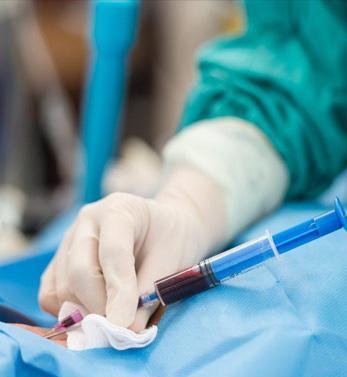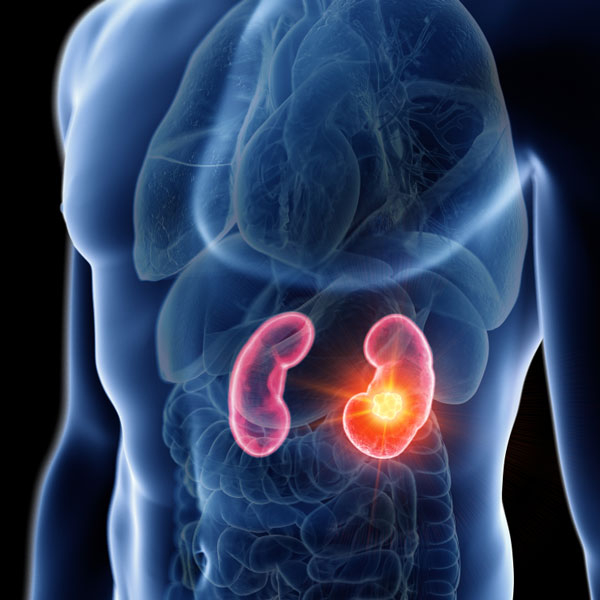

Intervention Radiology makes use of applications for use in almost every organ in trendy, fashionable (Ultra, MR and Angio) guidance, and it is a science that uses different and technical techniques apart from a science for use.
Interventional Radiology operations are targeted diagnosis and operations; This success rate is high. Work-related side-effect, more customer-application-related. Interventional Radiology applications; traffic control will be done for major surgical interventions and more. Flat writes. stay short
Interventional radiological procedures, unlike other methods, are reproducible procedures. At the same time, for therapeutic surgery or therapeutic use, apply from a single center for you.
Interventional Radiology procedures, starting with preparations to embark on an organ or educational journey, to travel in close proximity to a cruise.
 1. Cerebral aneurysm (bubble) embolization: Aneurysms that develop from brain vessels are usually entered through the inguinal artery with the help of an angio device, accompanied by anesthesia. Microcatheters are advanced into the aneurysm in the brain vessels. Among these catheters, metal coils (coil) are placed into the aneurysm or the aneurysm is closed by placing a stent.
1. Cerebral aneurysm (bubble) embolization: Aneurysms that develop from brain vessels are usually entered through the inguinal artery with the help of an angio device, accompanied by anesthesia. Microcatheters are advanced into the aneurysm in the brain vessels. Among these catheters, metal coils (coil) are placed into the aneurysm or the aneurysm is closed by placing a stent.
2.Cerebral arteriovenous malformation (Vainball-AVM) treatment: In this treatment, it is usually entered through the inguinal artery with the help of an angio device, accompanied by anesthesia. After reaching the center of AVMs in the brain vessels through a microcatheter, the AVM (vascular ball) is treated by closing it with occlusive liquid agents.
3. Treatment of cerebral stroke: Stroke is a “brain attack”. They are sudden blockages that develop due to clotting in the arteries that feed the brain. In the treatment of these clots in the neck and cerebral arteries that cause brain strokes, it is usually entered through the inguinal artery with the help of an angiography device. These occlusions are treated by dissolving with clot-dissolving agents (thrombolysis) or by removing them with clot-removing stents after reaching the occluded vessel in the brain with microcatheters.
4. Opening the stenosis in the brain vessels by placing a balloon and stent: It is the process of opening the critical stenosis of the carotid arteries (carotid arteries) with a stent. Treatment of carotid stenosis is necessary because of the risk of stroke. In the stenosis of both the carotid artery and the cerebral vessels, the angiography is performed by entering the artery in the groin through the needle hole. These strictures are treated by dilating with a balloon and placing a stent.
5. Venous sampling: It is a diagnostic angiographic procedure to reveal the localization and hormone secretion of pituitary and parathyroid adenomas.
6. Embolization of brain tumors or tumor-related hemorrhages: Sometimes, before open surgery to be performed, treatments are applied in brain tumors by occlusion of the vessels feeding the tumor, in order to prevent bleeding problems.